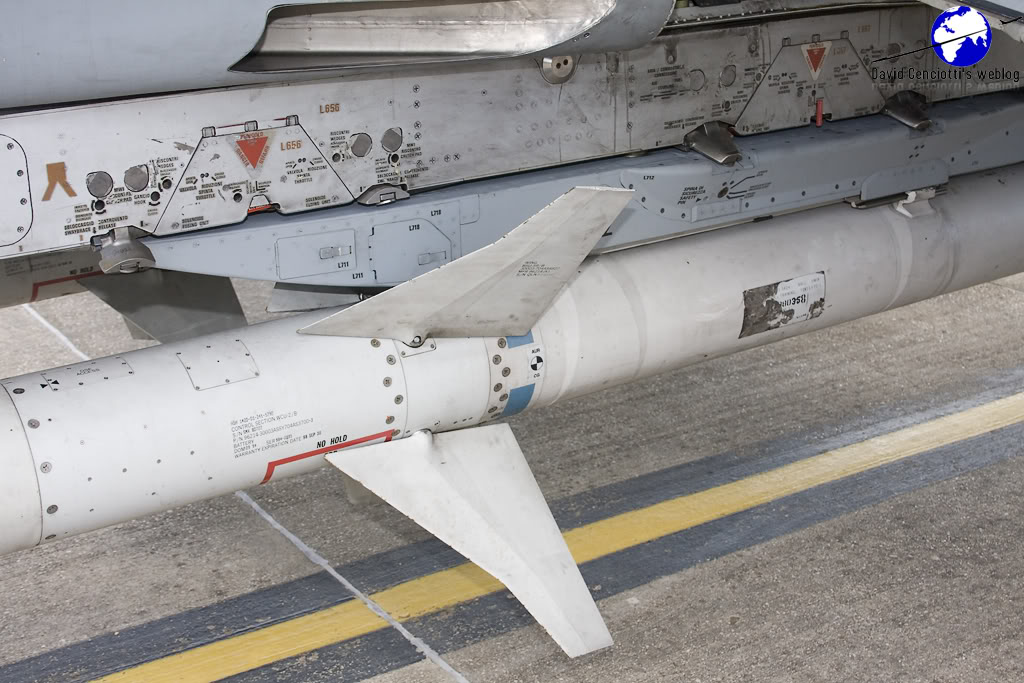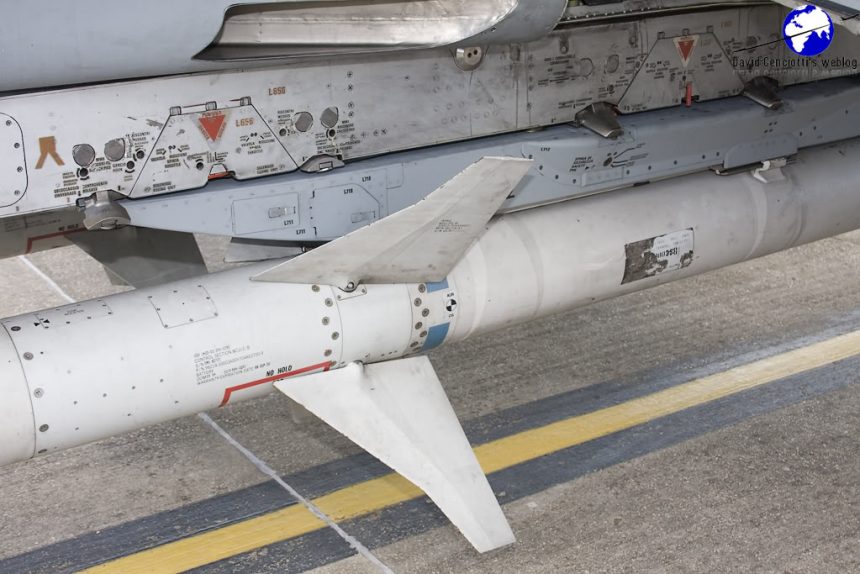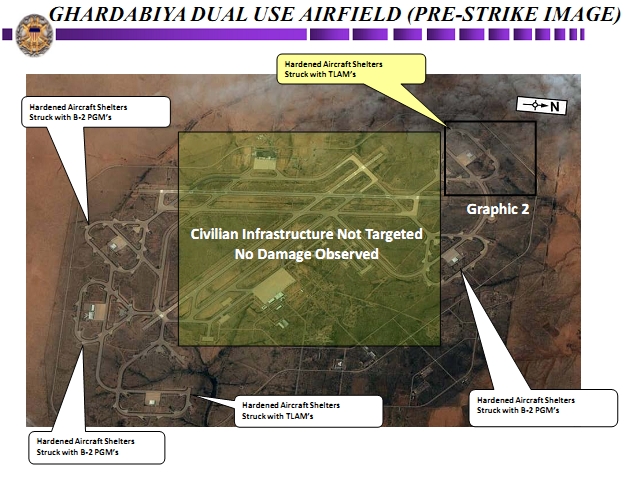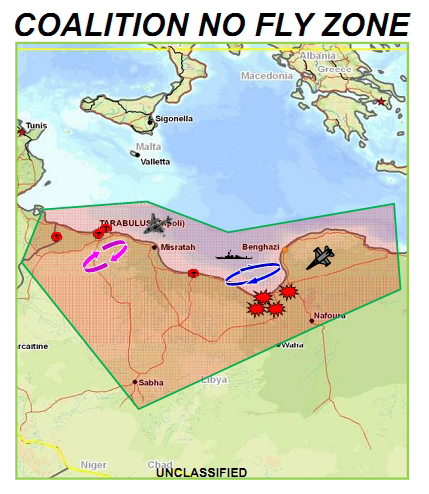Previous debriefings:
Day 3 of Operation Odyssey Dawn showed how the air campaign in Libya has entered the “mobile SAMs hunt” phase. This is what the increasing number of sorties by SEAD (Suppression of Enemy Air Defence) assets show. Given that the majority of the fixed SAM launchers and radar sites was clearly identified and selected ahead of the start of the operations and (most probably) attacked and destroyed during Day 1, what remains on the ground is a bunch of mobile launchers that can pose a risk to the aircraft that are (and will be) involved in the enforcement of the No-Fly Zone. Hence, hidden and moveable SA-6s and SA-8s, are likely to be intact on the Libyan territory and their suppression requires specific missions by aircraft capable of identifying, locating and attacking radars that provide guidance to the surface to air missiles. 

Noteworthy, one of the radar-suppression fighters involved in a mission over Libya was the protagonist of an episode that tell us much about the technologies available today to track the aircraft involved in Odyssey Dawn: with simple and cheap tools, the famous Dutch radio communication expert known under the Twitter username @FMCNL, the one who made available to everyone on the Internet the audio file of the Psyops message broadcasted by a US EC-130J (see Day 2 debrief for more info), warned US Africom Command that in the morning of Mar. 21 an F-16CJ was broadcasting its identity in the clear by means of its Mode-S transponder. 
By the way, the F-16 was not the only aircraft to broadcast information: on Flightradar24.com, the Canadian CC-150 (A310) was irregularly trackable transmitting full ADS-B info.
So far, no activity from the LARAF (Libyan Arab Republic Air Force), or what remains of it, was reported: as the Pentagon briefing showed, the B-2s (and the TLAM attack) targeted and destroyed the aircraft shelters at Ghardabiya airbase where a recent analysis from Tom Cooper of ACIG.org assessed no less of 7 LARAF units equipped with Mig-21s, Su-22s, Su-24s, J-21s, Mi-8s and Mi-24s. 
Other interesting things & information about Day 3:
1) first sortie flown by 2 EF-18s and 1 B707 of the Spanish Air Force deployed to Decimomannu and first of the Belgian Air Force F-16AMs from Souda Bay, Crete. Another first was the one of the RAF Typhoons deployed to Gioia del Colle; these are the only F-2000s actively and officially partecipating in the air campaign, as Italy provides 4 F-16s (most probably because the Eurofighters are dedicated to the strengthened QRA service). CAF CF-188 (F-18) flew and will probably only fly air defence missions.
2) Build up continues with the deployment to Souda, via Decimomannu, of 6 Royal Norwegian Air Force F-16s. Even Qatar Emiri Air Force Mirage 2000 Mk5s are due to deploy to Souda on Mar. 22 while it was officially announced that the UAE Air Force involvement in Libya “will be strictly confined to humanitarian assistance” and there will be no F-16s deployed to Italy as ANSA news agency had previously reported.
3) FAF has flown more sorties from Solenzara, even if after Day 1 (4 tanks destroyed 100 km south of Benghazi), all the other missions were “dry” armed recon/patrol flights.
4) France has clearly shown an interest to assume command of all air operations of Operation Odyssey Dawn while Italy threatened to cease supporting coalition planes on its airbases and close its airspace if NATO does not take over the unitary command of the air campaign, in clear contrast with the French position.











